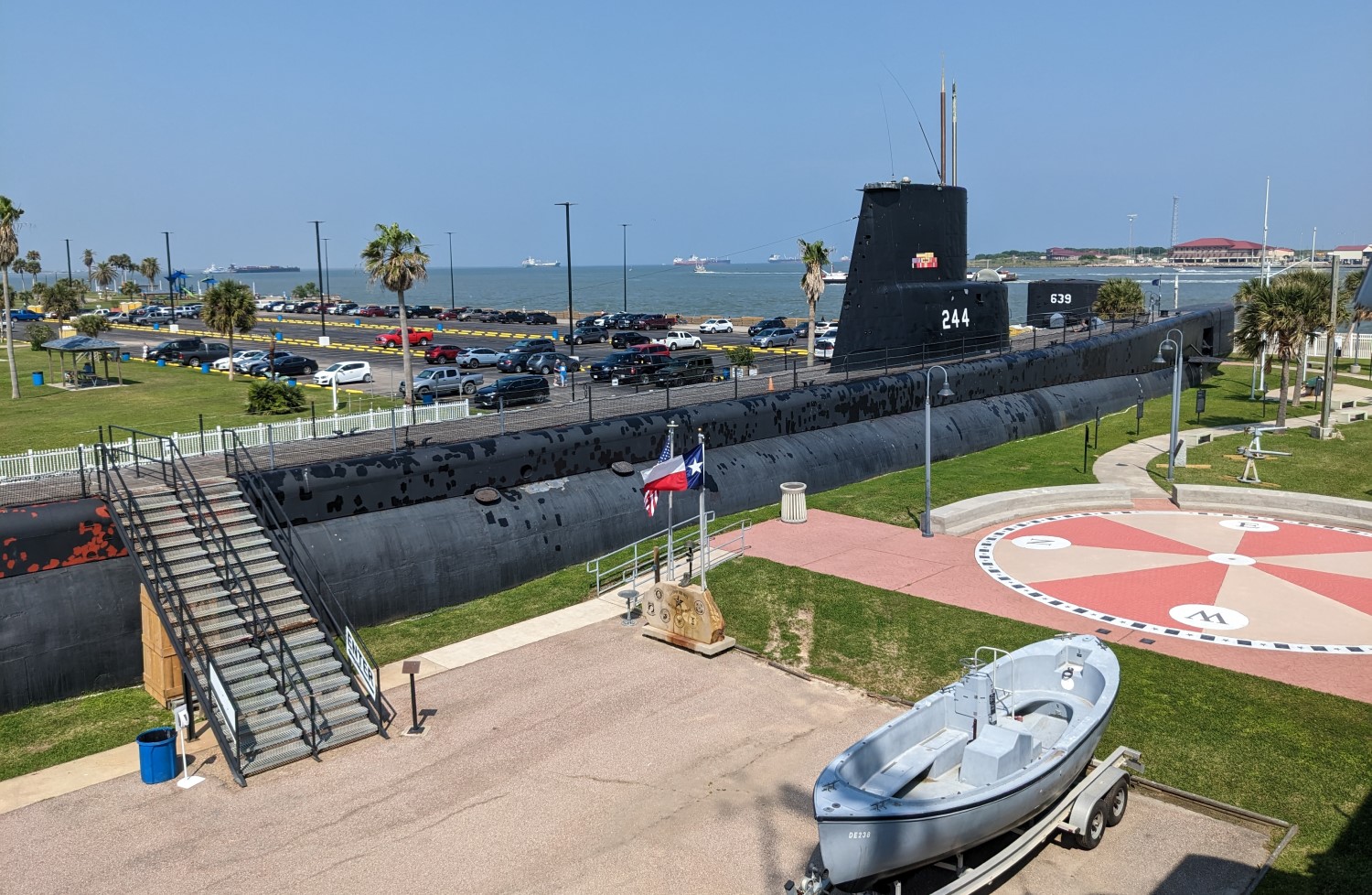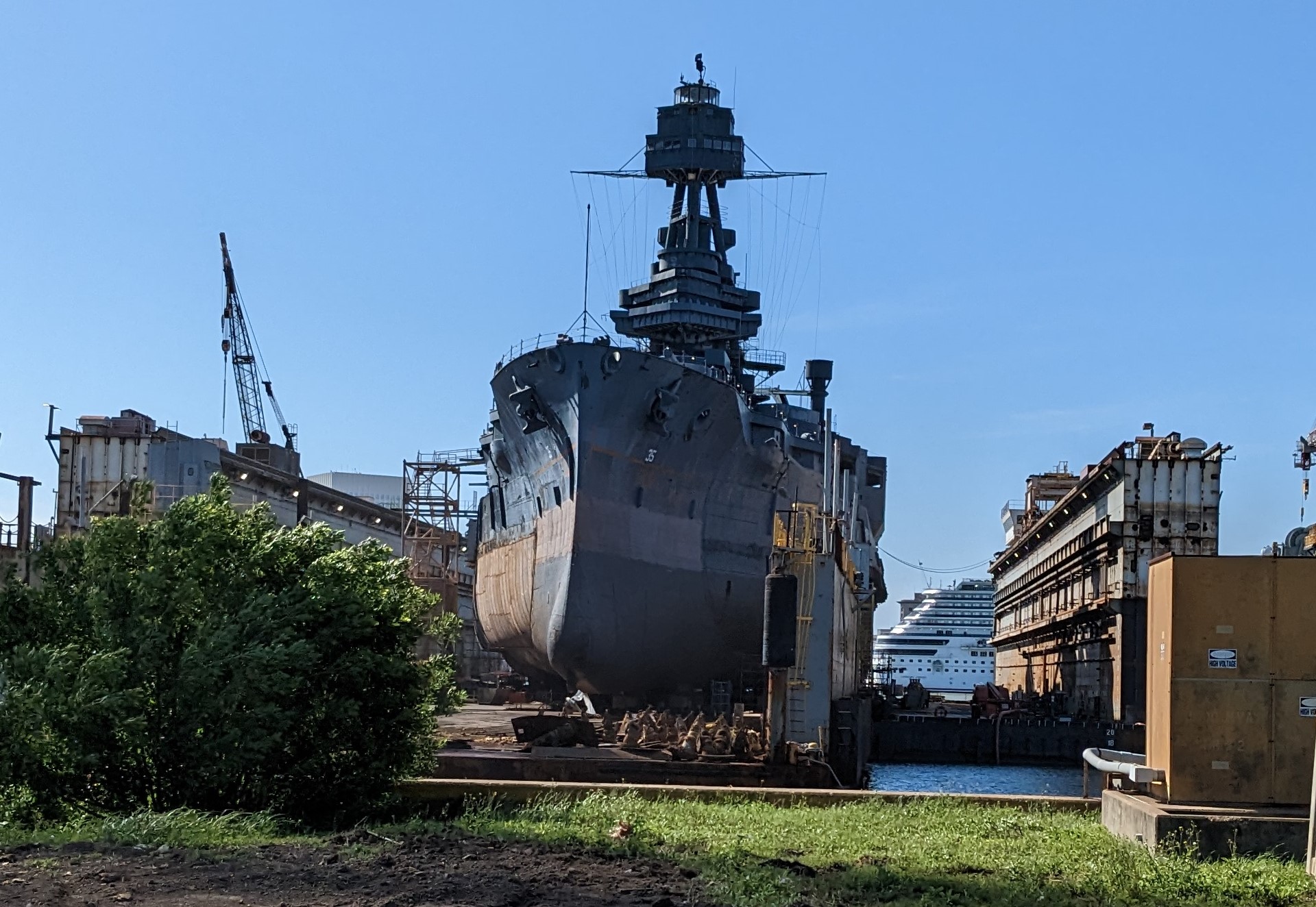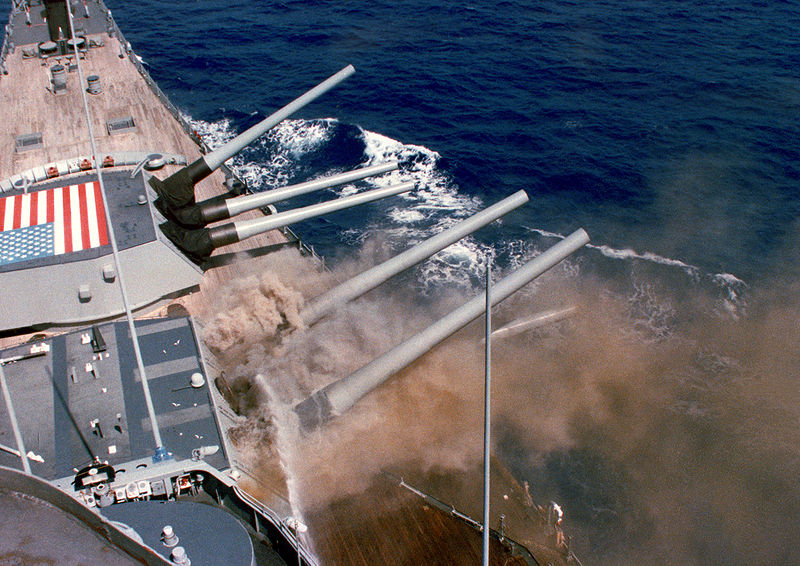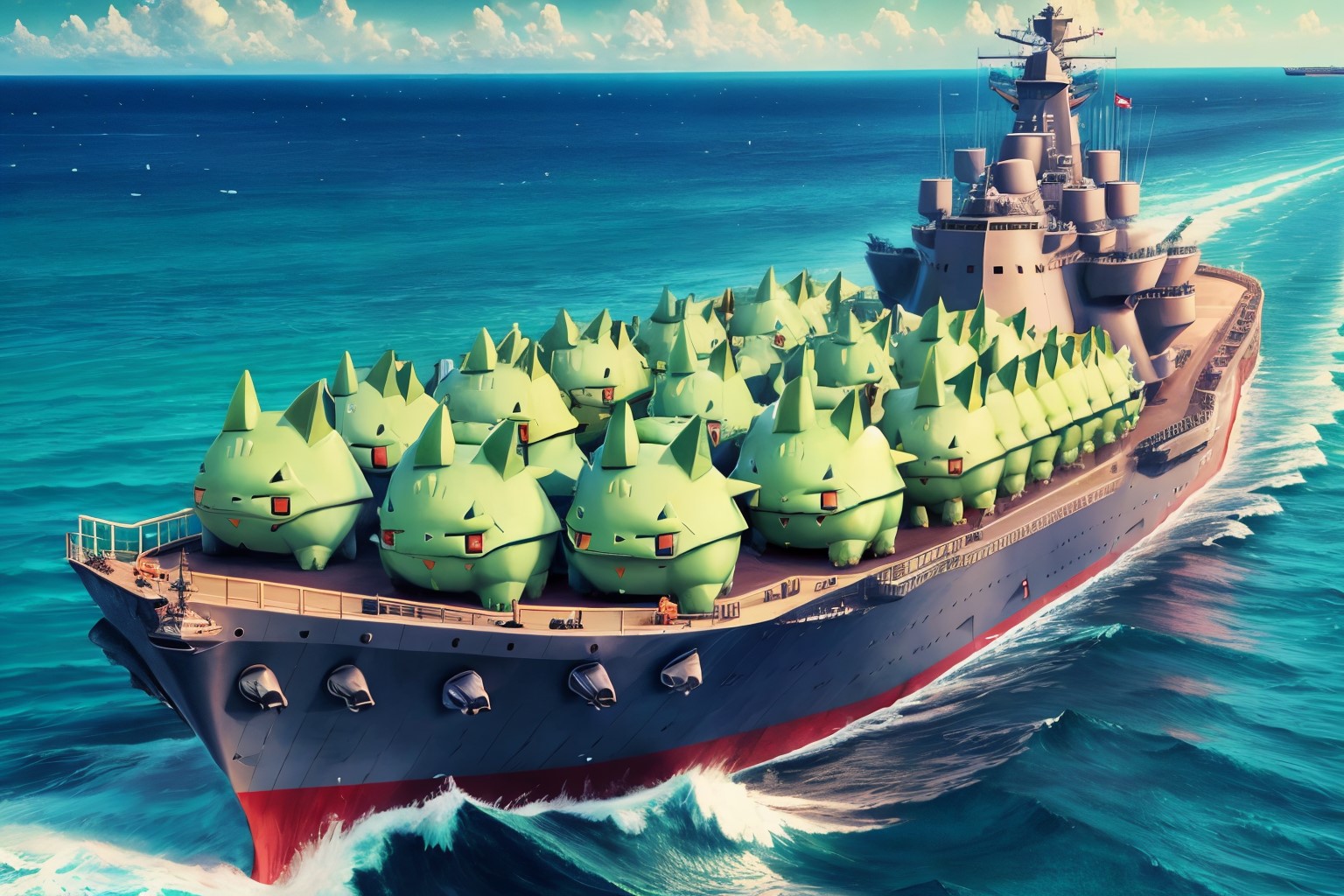In 1914, Britain ruled the seas. Not only through the Royal Navy, but also through the fact that the Red Ensign and its derivatives flew over 43% of the world's merchant tonnage. This fleet was the lifeblood of not only the Empire, but also the British isles themselves, which imported two-thirds of their food. As a result, the threat to commerce had been uppermost in the minds of the Royal Navy for decades. France's extensive colonial empire and the Russian Far East provided ideal bases for raiding cruisers, and the British were forced to spend tremendous amounts of money on armored cruisers of their own.

The German East Asia squadron in Tsingtau
These were large, expensive ships and in an attempt to bring costs down, Jackie Fisher was appointed First Sea Lord, with a new scheme to solve the problem. He proposed a new type of ship, propelled by turbines and directed via radio from the Admiralty, which would synthesize all available information on the location of enemy commerce raiders. Read more...







Recent Comments